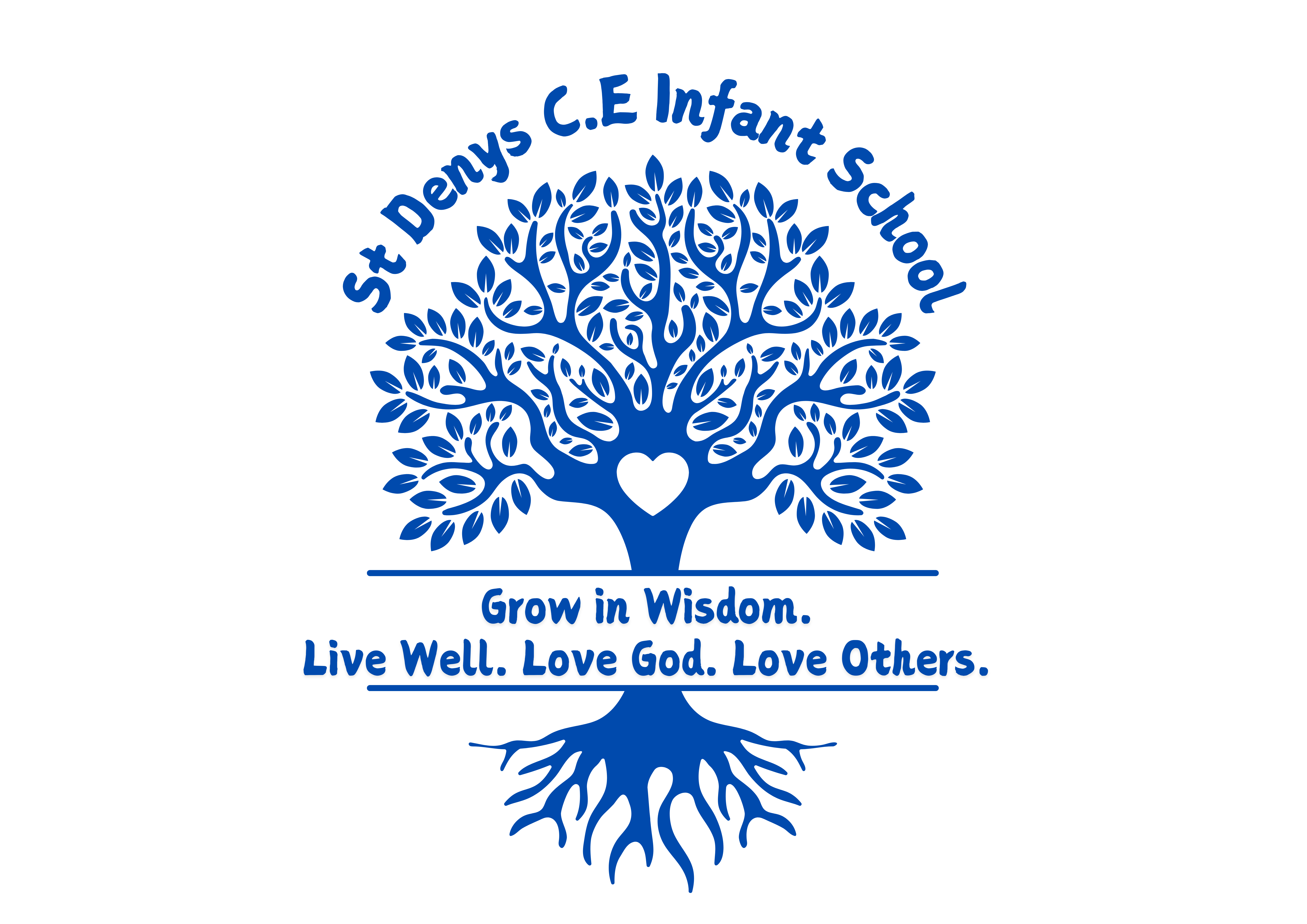
St Denys uses the ‘Teach Computing Curriculum’ to facilitate the delivery of the KS1 Computing National Curriculum.
The Teach Computing Curriculum Approach
Coherence and flexibility
The Teach Computing Curriculum is structured in units. For these units to be coherent, the lessons within a unit must be taught in order. However, across a year group, the units themselves do not need to be taught in order, with the exception of ‘Programming’ units, where concepts and skills rely on prior learning and experiences.
Knowledge organisation
The Teach Computing Curriculum uses the National Centre for Computing Education’s computing taxonomy to ensure comprehensive coverage of the subject. This has been developed through a thorough review of the KS1–4 computing programme of study, and the GCSE and A level computer science specifications across all awarding bodies. All learning outcomes can be described through
a high-level taxonomy of ten strands, ordered alphabetically as follows:
- Algorithms — Be able to comprehend, design, create, and evaluate algorithms
- Computer networks — Understand how networks can be used to retrieve and share information, and how they come with associated risks
- Computer systems — Understand what a computer is, and how its constituent parts function together as a whole
- Creating media — Select and create a range of media including text, images, sounds, and video
- Data and information — Understand how data is stored, organised, and used to represent real-world artefacts and scenarios
- Design and development — Understand the activities involved in planning, creating, and evaluating computing artefacts
- Effective use of tools — Use software tools to support computing work
- Impact of technology — Understand how individuals, systems, and society as a whole interact with computer systems
- Programming — Create software to allow computers to solve problems
- Safety and security — Understand risks when using technology, and how to protect individuals and systems
Spiral curriculum
The units for key stages 1 and 2 are based on a spiral curriculum. This means that each of the themes is revisited regularly (at least once in each year group), and pupils revisit each theme through a new unit that consolidates and builds on prior learning within that theme.
This style of curriculum design reduces the amount of knowledge lost through forgetting, as topics are revisited yearly. It also ensures that connections are made even if different teachers are teaching the units within a theme in consecutive years.
Physical computing
The Teach Computing Curriculum acknowledges that physical computing plays an important role in modern pedagogical approaches in computing, both as a tool to engage pupils and as a strategy to develop pupils’ understanding in more creative ways. Additionally, physical computing supports and engages a diverse range of pupils in tangible and challenging tasks.
Online safety
The unit overviews for each unit show the links between the content of the lessons and the national curriculum and Education for a Connected World framework (ncce.io/ efacw). These references have been provided to show where aspects relating to online safety, or digital citizenship, are covered within the Teach Computing Curriculum. Not all of the objectives in the Education for a Connected World framework are covered in the Teach Computing Curriculum, as some are better suited to personal, social, health, and economic (PSHE) education; spiritual, moral, social, and cultural (SMSC) development; and citizenship. However, the coverage required for the computing national curriculum is provided.
Core Principles
Inclusive and ambitious
The Teach Computing Curriculum has been written to support all pupils. Each lesson is sequenced so that it builds on the learning from the previous lesson, and where appropriate, activities are scaffolded so that all pupils can succeed and thrive. Scaffolded activities provide pupils with extra resources, such as visual prompts, to reach the same learning goals as the rest of the class. Exploratory tasks foster a deeper understanding of a concept, encouraging pupils to apply their learning in different contexts and make connections with other learning experiences. As well as scaffolded activities, embedded within the lessons are a range of pedagogical strategies (defined in the ‘Pedagogy’ section of this document), which support making computing topics more accessible.
Research-informed
The subject of computing is much younger than many other subjects, and as such, there is still a lot more to learn about how to teach it effectively. To ensure that teachers are as prepared as possible, the Teach Computing Curriculum builds on a set of pedagogical principles (see the ‘Pedagogy’ section of this document), which are underpinned by the latest computing research, to demonstrate effective pedagogical strategies throughout. To remain up-to-date as research continues to develop, every aspect of the Teach Computing Curriculum is reviewed each year and changes are made as necessary.

